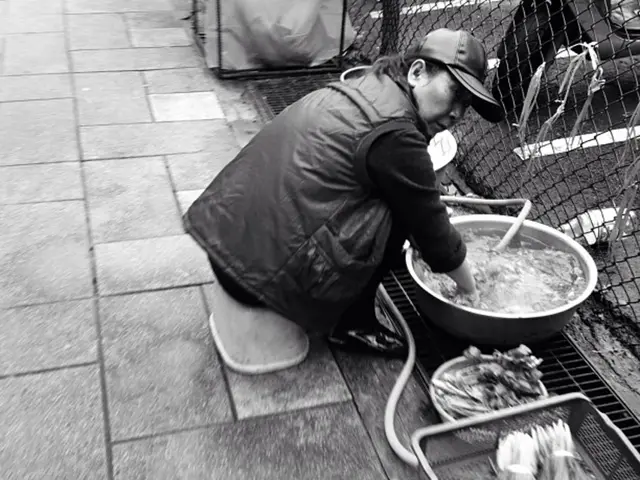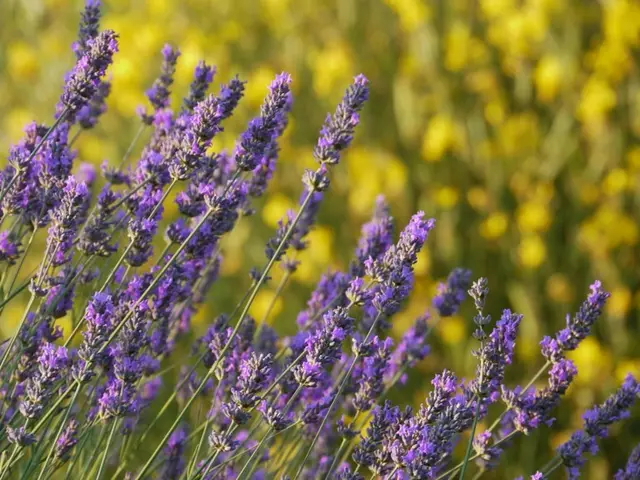Investigating Puerto Rican Culture through its Most Vibrant Foods
Puerto Rican Cuisine: A Vibrant Reflection of Its Rich History and Culture
Puerto Rican cuisine showcases a harmonious blend of Taíno, Spanish, African, and Caribbean influences, weaving together centuries of history and culture. This island's culinary traditions, often referred to as cocina criolla, have evolved into a unique tapestry of flavors that tell stories of resilience, adaptation, and celebration.
A cornerstone of Puerto Rican cooking is sofrito, a flavorful blend of herbs, spices, and vegetables that lends depth and richness to countless dishes. Its core ingredients include garlic, onions, cilantro, peppers, and recao, which are slow-cooked to create a fragrant, aromatic paste. This versatile seasoning is a fixture in the heart of Puerto Rican cuisine, enhancing the natural flavors of soups, stews, beans, and rice dishes.
Arroz con gandules, or rice with pigeon peas, is considered the national dish of Puerto Rico. A savory, aromatic blend of rice, pigeon peas, pork, sofrito, and a medley of spices, this festive dish is often served during special occasions and holidays. Its unique texture and flavor are born from the use of pigeon peas, a legume native to the Caribbean, and the traditional cooking method that forms a crispy layer at the bottom of the pot. With its hearty, flavorful composition, arroz con gandules embodies Puerto Rican ingenuity and resourcefulness.
Lechón asado, or roasted pork, is more than just a dish; it is a symbol of Puerto Rican culinary culture. Whole pigs are seasoned with garlic, oregano, salt, and pepper before being slow-roasted over an open fire or specialty pit, creating succulent, flavorful meat with crispy skin. The preparation of lechón is a social event, bringing families and communities together to share in the communal feast.
Mofongo, a dish that showcases Puerto Rico's fusion of cultural influences, is prepared by mashing fried green plantains with garlic, chicharrones (pork cracklings), and sofrito. Versatile and adaptable, mofongo can be served on its own or with various proteins like shrimp, chicken, or steak. This hearty dish highlights the Island's ability to transform simple ingredients into flavorful creations that capture the complexity and richness of Puerto Rican cuisine.
Caribbean hot sauces add a zesty kick to traditional Puerto Rican dishes, with popular sauces made from scotch bonnet peppers, fruit, and spices. These hot sauces not only add heat but also a depth of flavor that complements dishes such as empanadillas, grilled meats, and mofongo. Simultaneously, a growing appreciation for contemporary twists on traditional dishes has led to the emergence of Caribbean gourmet cuisine, elevating familiar dishes with modern touches while still remaining true to their roots.
Asopao, a hearty stew that includes rice, vegetables, and a variety of spices, warmth, and comfort on cold days or during festive gatherings. Its versatility allows it to be adapted based on available ingredients, making it a true reflection of Puerto Rican resourcefulness and hospitality.
Plantains play a significant role in Puerto Rican cuisine through tostones and amarillos. Twice-fried green plantains create a savory, crispy side dish, while ripe, sweet plantains are fried until golden and caramelized, creating a perfect contrast between sweet and savory flavors.
Puerto Rican cuisine is much more than just food; it is a living, evolving representation of the island's history and culture. From bold, spicy dishes like lechón asado to innovative contemporary adaptations, Puerto Rican cuisine continues to captivate the senses and preserve the vibrant culture of the island.
- The versatile seasoning of sofrito, a blend of herbs, spices, and vegetables, is central to Puerto Rican food-and-drink and enhances the flavors of various dishes, such as soups, stews, and rice dishes.
- Global-cuisines often seek inspiration from unique tapestries of flavors found in cultural melting pots, like the fusion of influences seen in Puerto Rican lifestyle that results in dishes like mofongo, which marries green plantains, garlic, chicharrones, and sofrito.
- From the comforting warmth of hearty stews like asopao to the sweet-savory balance of fried plantains, home-and-garden staples play crucial roles in Puerto Rican cooking, while reflecting the island's rich history and hospitality.








